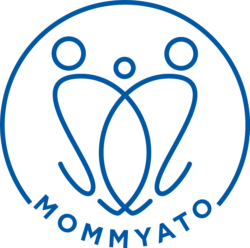23 Feb Endometriosis & Infertility
Endometriosis is a chronic immune and hormone disease affecting 11% of girls and women in the United States and a leading cause of infertility.¹
What is Endometriosis?
Endometriosis or Endo is when endometriosis tissue (tissue similar to the lining of the uterus) grows outside the uterus. Scientists have theories on why this happens, but no concrete answer.
The tissue is found on other parts of the female reproductive system, such as the ovaries, fallopian tubes, and on tissues that hold the uterus in place or on its outer surface. Sometimes endo tissue is found in the vagina, cervix, vulva, bowel, bladder or rectum.¹
How Does Endometriosis Cause Infertility?
Infertility occurs when the endo tissue covers the fallopian tubes, blocks the ovaries, or forms scar tissue and adhesions in the lining of the uterus. It becomes harder for sperm to fertilize an egg and for that fertilized egg (embryo) to implant itself in the lining of the uterus.
What are the Symptoms of Endo?
The most common symptom of endo is pain. It’s important to know that while experiencing cramps and pressure with a period is normal, period pain is not normal. This is especially important for young girls who have just started their menstrual periods and may think menstrual pain is normal.
Endometriosis can affect any girl or woman who is menstruating, but it is most common in women in their 30s and 40s.
Symptoms include:
- very painful menstrual cramps
- chronic pain in the lower back and pelvis
- “deep” pain during or after sex, not related to penetration
- intestinal pain
- painful bowel movements or when urinating during menstrual periods
- bleeding and spotting between periods
- infertility
- digestive problems like diarrhea, constipation, bloating, nausea, especially during menstrual periods.¹
Pain happens because the endo tissue outside of the uterus swells and bleeds in the same way as the endo tissue of the lining of the uterus, except that it is located in a place in the body where it can’t get out (like menstrual tissue can).
Is There a Cure for Endo?
Endo was thought of as a pelvic disorder, but scientists and healthcare providers now recognize it as an immune and hormone imbalance. More treatment is focused on the body as a whole; supporting the immune system, balancing hormones, and decreasing inflammation in the body. Scientists also recognize the connection between endo and other inflammatory and autoimmune disorders: allergies, asthma, chemical sensitivities, lupus, thyroid diseases, chronic fatigue syndrome and fibromyalgia, and certain ovarian and breast cancers.
Endo is linked to excess estrogen circulating in the blood causing hormonal imbalances. You can lower your risk of endo by decreasing estrogen levels in your body through regular exercise four times weekly, avoiding large amounts of alcohol (no more than 1 drink per day), and reducing caffeine (soda, tea and coffee) intake.¹
Treatment is centered around pain management, hormone therapy, surgery, and diet and lifestyle modifications.
Following a low-inflammation, organic diet can reduce exposure to dioxin, which is an environmental toxin linked to endo that is commonly present in the food chain, involving herbicides, pesticides, chemicals and plastic manufacturing.
Can I Get Pregnant With Endometriosis?
For women wanting to conceive, the goal of a whole health approach is to decrease pain symptoms, shrink or slow endo growths and preserve or restore fertility. Sometimes pregnancy causes a remission in endo symptoms because the menstrual cycle is paused too. This, of course, is not a reason to become pregnant, and it’s important to seek out a knowledgeable and empathetic healthcare provider who can treat you holistically.
A good place to begin is by checking out these free resources on talking with your doctor, body pain chart, and symptom tracker.
REFERENCES:
- Office of Women’s Health U.S. Department of Health and Human Services. (2019). Endometriosis. https://www.womenshealth.gov/a-z-topics/endometriosis
- Endometriosis Association. (2022). Research and translational medicine for endometriosis. https://endometriosisassn.org/our-work/endometriosisresearch



